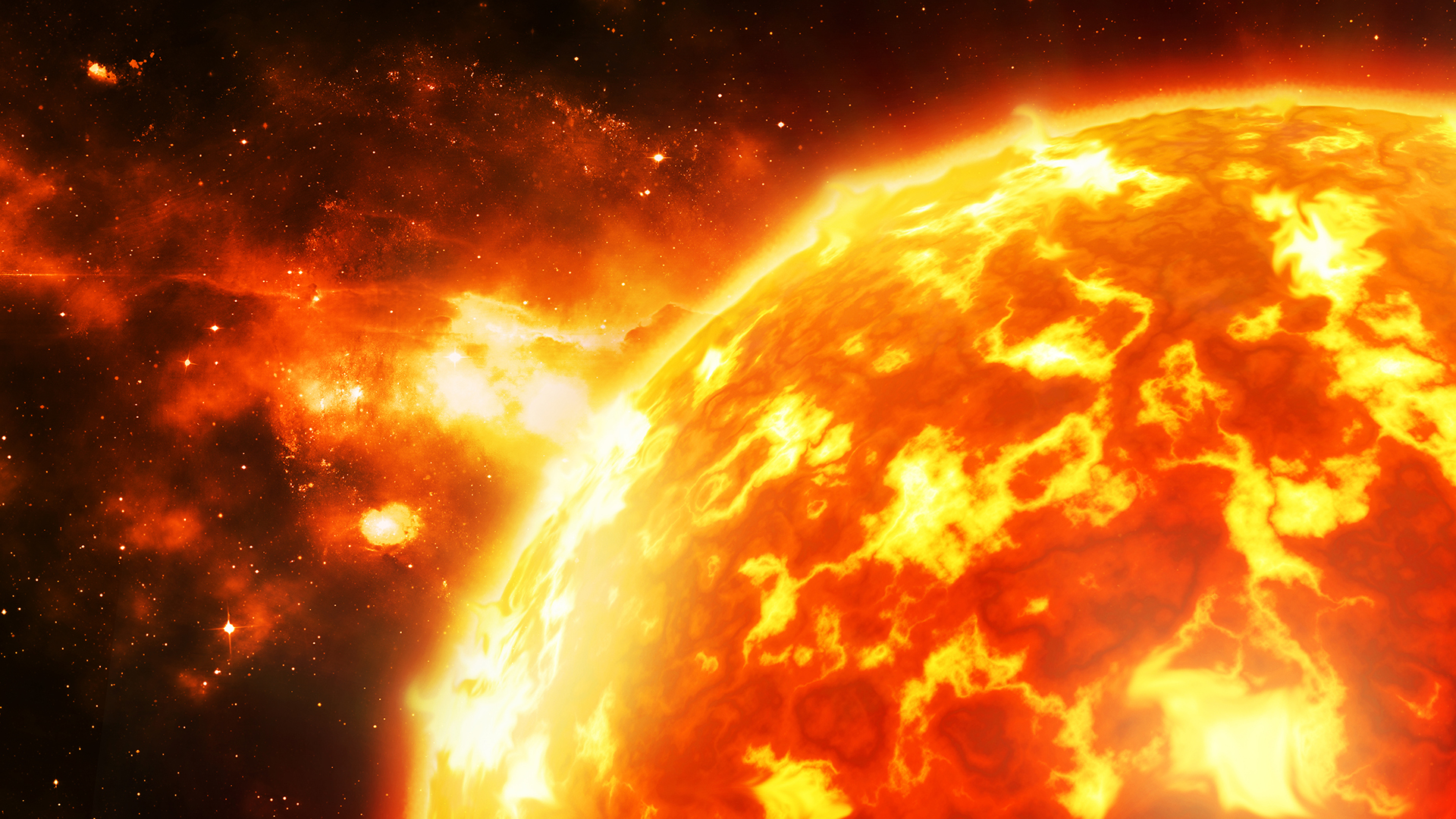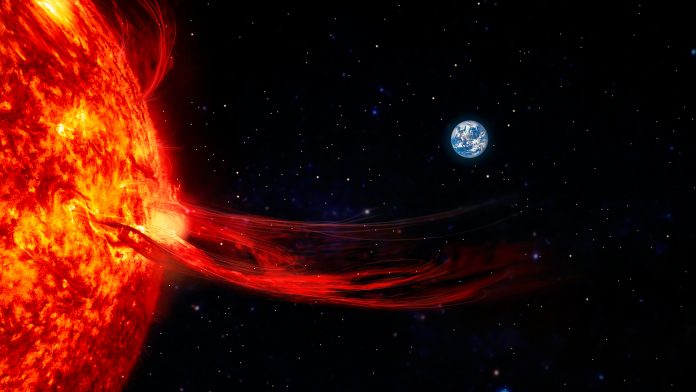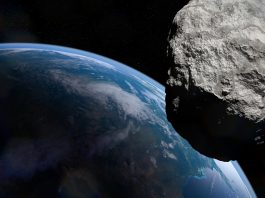UCLA physicists have developed a new method to understand space weather that only requires a 3cm glass sphere.
In their new study, the researcher employed the glass sphere to recreate the type of gravity on or near stars and other planets. Recreating these conditions may help mitigate the effects of space weather, safeguard humans and equipment during space missions, and ensure that satellites function.
Why is space weather so dangerous?
Space weather, such as solar flares, can cause havoc with space missions, telecommunications, and other types of Earth-orbiting satellites. For example, 40 SpaceX satellites were knocked out by a solar storm last year, and the phenomenon can also cause problems for military technology, as the formation of turbulent plasma around hypersonic missiles can interfere with weapons systems’ communications.
Researchers have been inhibited in their pursuit to overcome these challenges because the experiments they perform in laboratories on Earth are impacted by gravity in ways that are different to space conditions. The team’s glass sphere innovation can overcome these gravity issues in experiments intended to model convection that occurs in stars and other planets.
Seth Putterman, a UCLA physics professor and the study’s senior author, explained: “People were so interested in trying to model spherical convection with laboratory experiments that they actually put an experiment in the space shuttle because they couldn’t get a strong enough central force field on the ground.
“What we showed is that our system of microwave-generated sound produced gravity so strong that Earth’s gravity wasn’t a factor. We don’t need to go into space to do these experiments anymore.”

How does the glass sphere work?
The team utilised microwaves to heat sulphur gas to 5,000 degrees Fahrenheit inside the glass sphere. The resulting sound waves in the sphere act like gravity, restricting the movement of the hot, weakly ionised gas (plasma) into patterns that resemble the currents of plasma in stars.
John Koulakis, a UCLA project scientist and the study’s first author, explained: “Sound fields act like gravity, at least when it comes to driving convection in gas. With microwave-generated sound in a spherical flask of hot plasma, we achieved a gravity field that is 1,000 times stronger than Earth’s gravity.”
Hot gas rises on Earth because gravity holds denser and colder gas closer to the planet’s core. The team discovered that hot, bright gas near the outer half of the sphere also moved outward toward the sphere’s walls. This robust, continuous gravity generated turbulence similar to that near the Sun’s surface.
In the inner half of the sphere, acoustic gravity altered the direction and pointed outward, causing hot gas to sink to the centre. In the experiment, acoustic gravity held the hottest plasma at the sphere’s centre – the same place it occurs in stars.
Understanding how to control and manipulate plasma similarly to solar and planetary convection will enable experts to understand and predict space weather effects on spacecraft and satellite communications systems.
The team plans to scale up the experiment to replicate conditions better so they can observe the space weather phenomenon in more detail and for extended periods.









